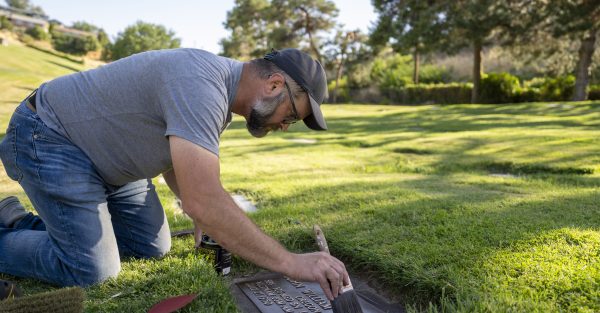Balloon pilots try to harness fickle wind
Published 1:36 pm Thursday, October 17, 2002
MISSION – Trying to maneuver a hot air balloon in order to hit a gigantic orange “X” on the ground with a beanbag is much harder than it might seem.
Between other balloons, fickle wind currents and judging the distances of a throw, it’s tough to score.
Trending
Tuesday, the hot air balloons rose and fell as the pilots searched for an altitude with a wind current going the right direction to take them to the target as the week-long women’s ballooning competition continued at the Wildhorse Casino on the Umatilla Indian Reservation.
From the air, the balloons looked like the colorful glass bubbles that rise and fall to show the temperature in a Galleio Thermometer.
Valerie Favicchio of Coeur d’Alene, Idaho, leaned out of the basket of her 75-foot balloon “Pneumia” and scanned for another pilot heading the direction she wanted.
“That one looks good,” she said pointing to a balloon at a lower altitude. She pulled a white rope to let out some of the hot air, dropping her balloon until the basket was skimming the golf course’s driving range heading toward one of the bright orange targets.
Each day the roughly 35 pilots are given tasks to complete. To score, the pilot (in this competition they are all women) must drop a beanbag with a streamer attached within 200 feet of the “X,” Favicchio explained. The closer to the center, the more points.
The wind altered direction, blowing Favicchio off course. She tried to find a current going the right direction, raising the balloon a little by igniting the flame to heat the air or releasing some by pulling on the white rope.
Trending
The flames are fueled by propane, making the basket smell faintly like a camping stove each time she took the balloon up in altitude.
“The best part of the competition is flying with other people,” she said, because other balloons show which direction the various winds are blowing.
At different altitudes the wind blows different directions and different speeds. “I’m going to guide it up and down into the layer going the direction we want,” she said.
Ballooning is not the pastime for an impatient person. Wind currents can be fickle, and currents that push a balloon the desired direction can change at any moment.
Tuesday, Favicchio finally decided to try for the next target by climbing to a higher altitude, where the wind seemed to be going the right direction. Within moments, the basket went from being so near the ground the golf-ball divots in the golf course were clearly visible to an altitude so high distant jagged peaks were visible over the foothills of the Blue Mountains.
“How are you doing,” she asked her husband, Eric Hanson, while the balloon dangled about 4,000 feet above the ground. He does not like heights but still flies with her, she said.
Her black, yellow and green balloon was much bigger than some of her competitors in the air, but smaller balloons are better for competition because they can rise and drop quicker, she said.
Up high, gliding towards the next task, the air was fairly temperate, but as the basket got closer to the ground the temperature dropped distinctly. “That is because the cold air is heavier,” Favicchio said.
Flying a hot air balloon means paying attention to the topography below, which could change the wind patterns. A dark, hot surface like a parking lot or a black plowed field have different wind currents than a pond or lake, she said. “It is a very micro-climate environment.”
Tuesday, Favicchio did not throw any of her beanbags. “I got close enough one time but thought I’d be able to do better, and the winds just weren’t there.”
Still, it was fun just getting to fly, she added.
Once all the tasks were closed, she set the balloon down with a slight bump in a plowed field and her chase truck, driven by a volunteer crew, came out to retrieve the deflating balloon and take everyone back to the starting point.









